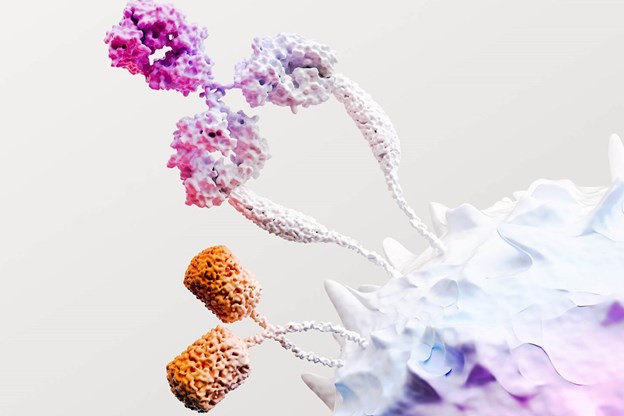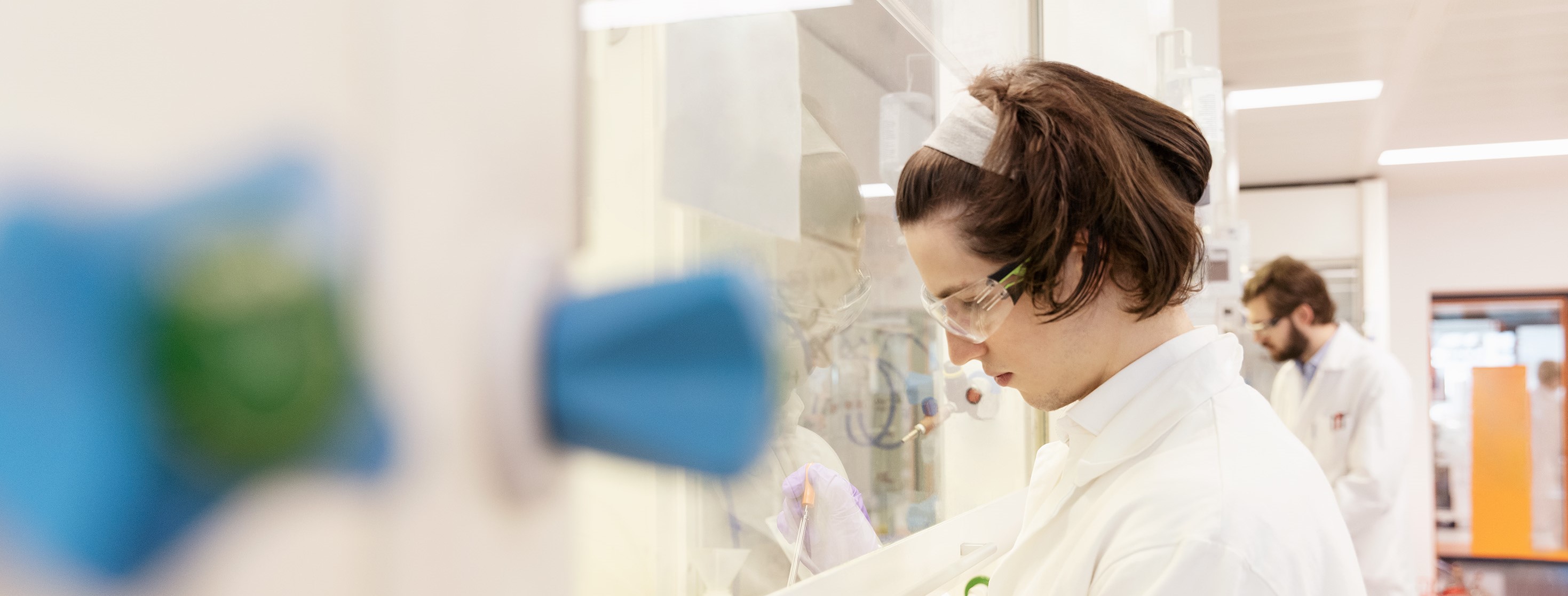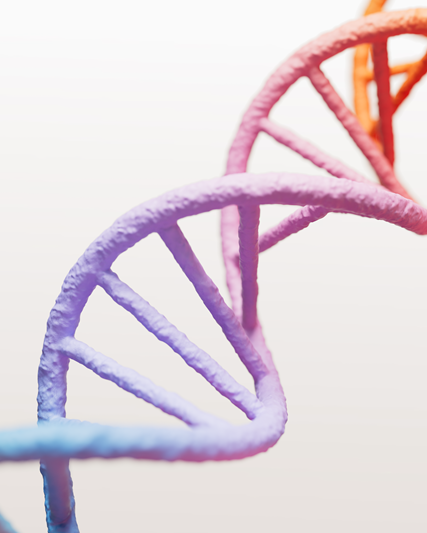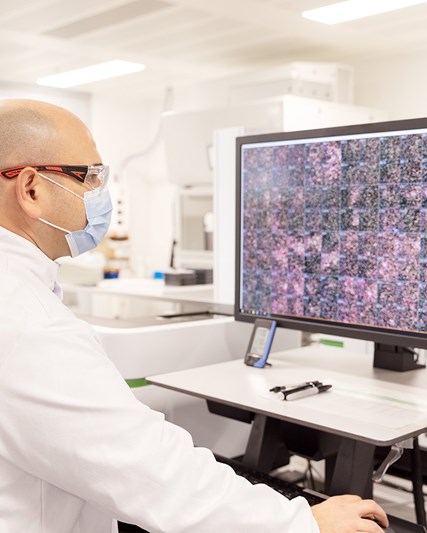The field of immuno-Oncology (I-O) was revolutionised with the discovery of T-cell immune checkpoints CTLA-4 and PD-1. Blocking these brought about a number of autoimmune adverse events, but with it an enhanced immune response against tumours. These results confirmed that tumours suppress the immune system as a mechanism to ensure their survival, and led to the hypothesis that the immune system could be mobilised to control many cancers affecting a variety of cells and tissues.[3,4]
Ongoing clinical trials are assessing the potential of other immune checkpoints as researchers look for ways to overcome immune checkpoint toxicity.[3] Other active areas of I-O research are searching for new ways to target tumours through understanding their surrounding microenvironment, including investigating the potential of ‘metabolic checkpoints’, and understanding the influence of the patient’s microbiome on response to immunotherapy.[3]
The immune system is now known to recognise and respond to tumours through a process known as immunosurveillance.[5] The immune system uses the recognition of viral or mutated proteins expressed on the tumour surface – tumour antigens – to do this.[5] However, tumours have their own immunosuppressive mechanisms that make these initial immune responses ineffective.[5]
I-O therapies, ranging from monoclonal antibodies to cellular vaccines, stimulate or inhibit particular immune checkpoints in order to boost the patient’s own anti-tumour immune responses.[3,6,7] This method differs from ‘targeted’ therapies, which target the tumour directly or aim to disrupt the tumour blood supply, as well as traditional chemo- and radiation therapies which cause ‘collateral’ damage to healthy cells.[4,8,9]
I-O therapies are the next generation of cancer treatment
In responsive patients, I-O therapy can provide more durable clinical outcomes than traditional therapies such as chemotherapy and radiotherapy and, in some cases contribute to complete tumour regression. I-O therapies also pose less detrimental impact on patients’ quality of life due to a lower incidence of serious adverse events.[10]
However, not all patients respond to I-O therapies. There is the issue of tumour heterogeneity; cancer cells within a tumour that mutate over time into potentially different sub-populations with different levels of sensitivity to anticancer therapies.[11] There are also many naturally occurring pathways in place to prevent autoimmunity in the human body, which can limit the effectiveness of these therapies.
GSK is developing cancer immunotherapies that are designed to target these regulatory pathways as a means of improving response rates in cancer patients.
Solidifying I-O into standard of care practice
Unlike traditional therapies, I-O therapies are able to induce durable immune responses to cancer cells in responsive patients partly due to the mechanism of immunological memory. This means that the immune system can mount a more intense response when encountering a tumour antigen a second time.[12]
The observation that I-O therapies have the potential to extend the lives of patients beyond that of traditional therapies is shifting the focus of clinical trials from improvements in typical measures such as progression-free survival and median overall survival, to the more gold-standard measure of overall survival extension (e.g. 2- or 5-year survival rates).[12]
I-O is becoming increasingly established in standard of care practice as results of combination clinical trials are published. These studies examine strategies to combine synergistic I-O therapies or I-O in combination with traditional and/or ‘targeted’ therapies. The improvements in outcomes may however come at the cost of increased drug-related toxicities.[12]

GSK is ambitious in the pursuit of I-O innovation
At GSK, we are at the forefront of innovation in R&D, building on first- and second-generation I-O research.
We have made significant investments in genetics and functional genomics, for example through our partnerships with 23andMe and the Laboratory of Genomics Research. Together, we are helping to identify novel genetically validated targets and to progress critical path biology through early drug discovery, delivering promising clinical candidates for Phase I studies.
GSK has made a commitment to develop transformative medicines for cancer patients and we will continue to advance our understanding of Immuno-Oncology to deliver on our promise.
References
[1] McCarthy EF. The toxins of William B. Coley and the treatment of bone and soft-tissue sarcomas. Iowa Orthop J 2006;26:154.
[2] Cornejo CM, Haun P, English III J, et al. Immune checkpoint inhibitors and the development of granulomatous reactions. J Am Acad Dermatol 2019;81(5):1165-75.
[3] Esfahani K, Roudaia L, Buhlaiga N, et al. A review of cancer immunotherapy: from the past, to the present, to the future. Curr Oncol 2020;27(S2).
[4] Dempke WC, Fenchel K, Uciechowski P, Dale SP. Second-and third-generation drugs for immuno-oncology treatment—the more the better?. Eur J Cancer 2017;74:55-72.
[5] Finn OJ. Immuno-oncology: understanding the function and dysfunction of the immune system in cancer. Ann Oncol 2012;23(S8):viii6-9.
[6] Adams JL, Smothers J, Srinivasan R et al. Big opportunities for small molecules in immuno-oncology Nat Rev Drug Discov 2015;14(9):603-22.
[7] Hoos A, Britten CM. The immuno-oncology framework: Enabling a new era of cancer therapy. Oncoimmunology 2012 May 1;1(3):334-9.
[8] Bagnyukova TV, Serebriiskii IG, Zhou Y, et al. Chemotherapy and signaling: How can targeted therapies supercharge cytotoxic agents?. Cancer Biol Ther 2010 Nov 1;10(9):839-53.
[9] Baskar R, Dai J, Wenlong N, et al. Biological response of cancer cells to radiation treatment. Front Mol Biosci 2014 Nov 17;1:24.
[10] Kaufman HL, Atkins MB, Subedi P, et al. The promise of Immuno-oncology: implications for defining the value of cancer treatment. J Immunother Cancer 2019;7(1):129.
[11] Dagogo-Jack I, Shaw AT. Tumour heterogeneity and resistance to cancer therapies. Nat Rev Clin Oncol 2018 Feb;15(2):81.
[12] Harris SJ, Brown J, Lopez J, et al. Immuno-oncology combinations: raising the tail of the survival curve. Cancer Biol Med 2016;13(2):171.




